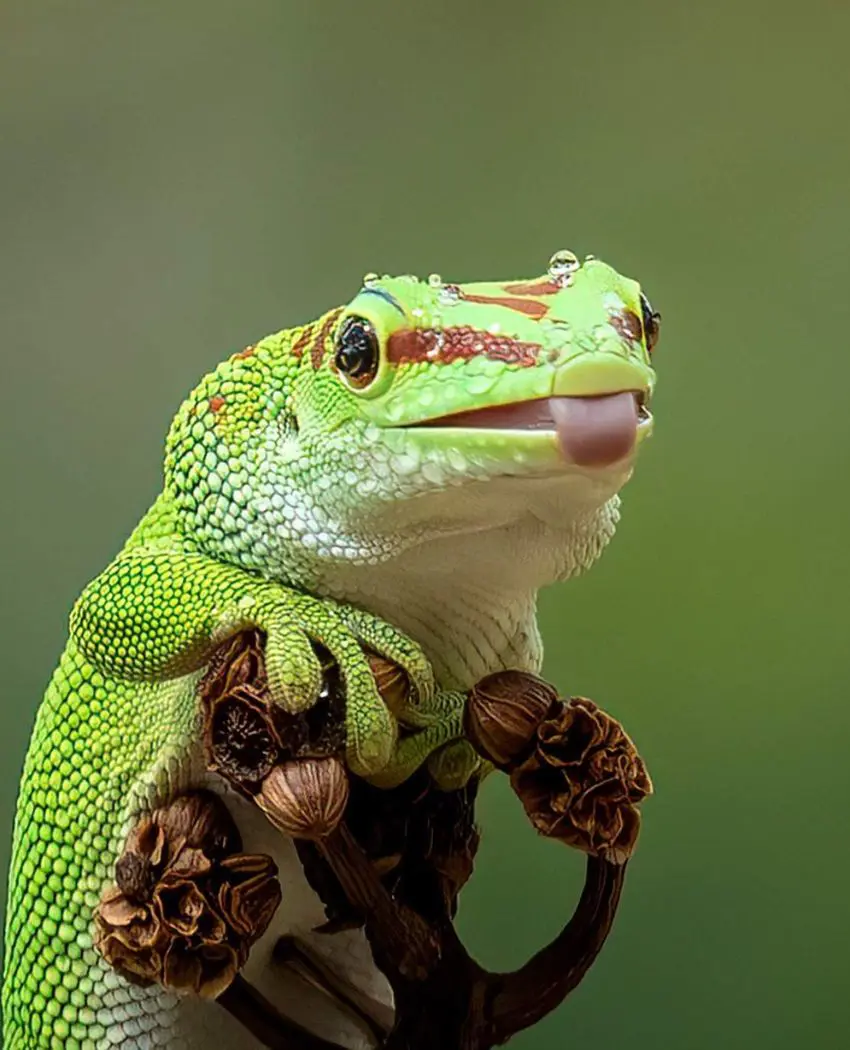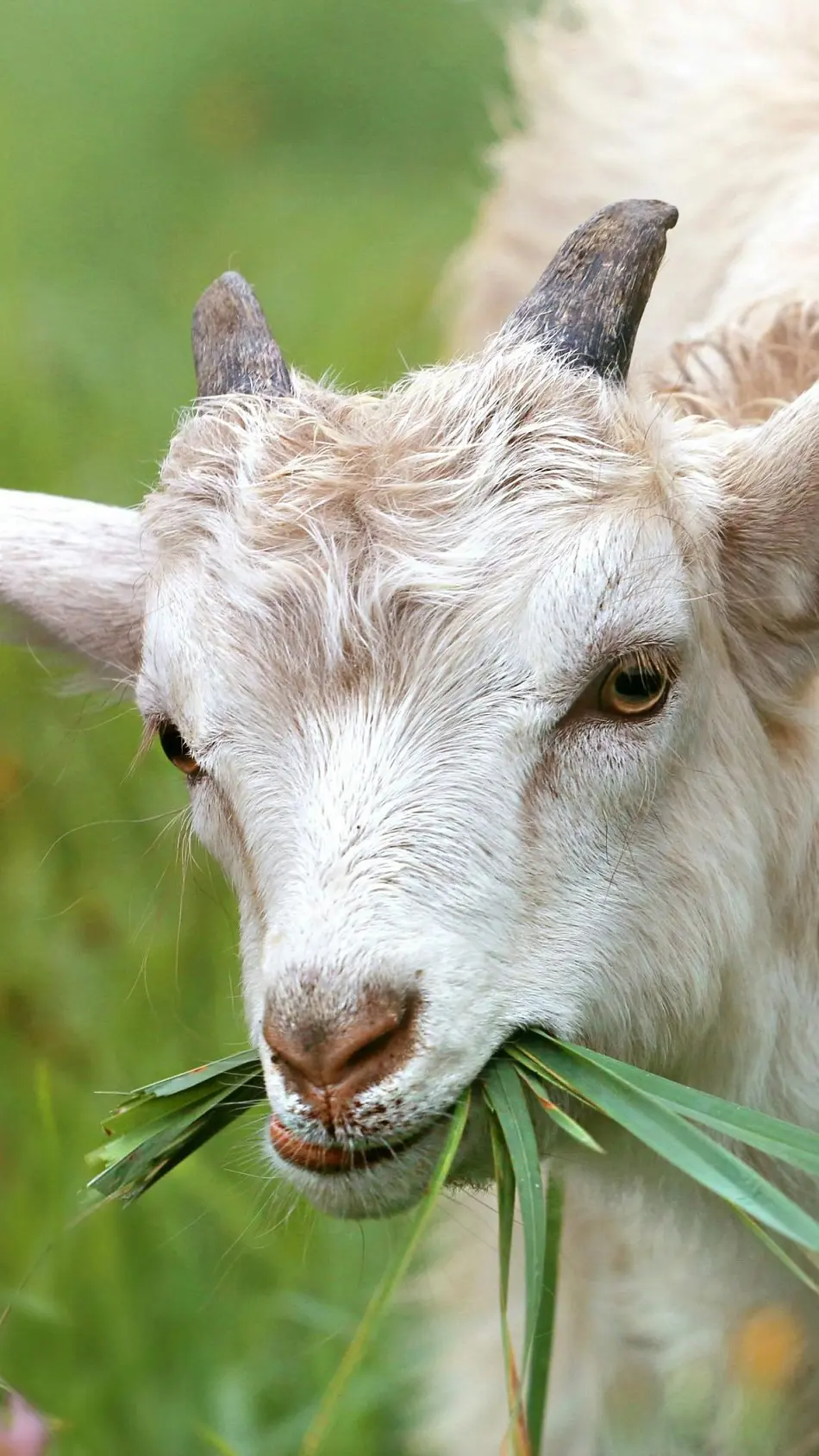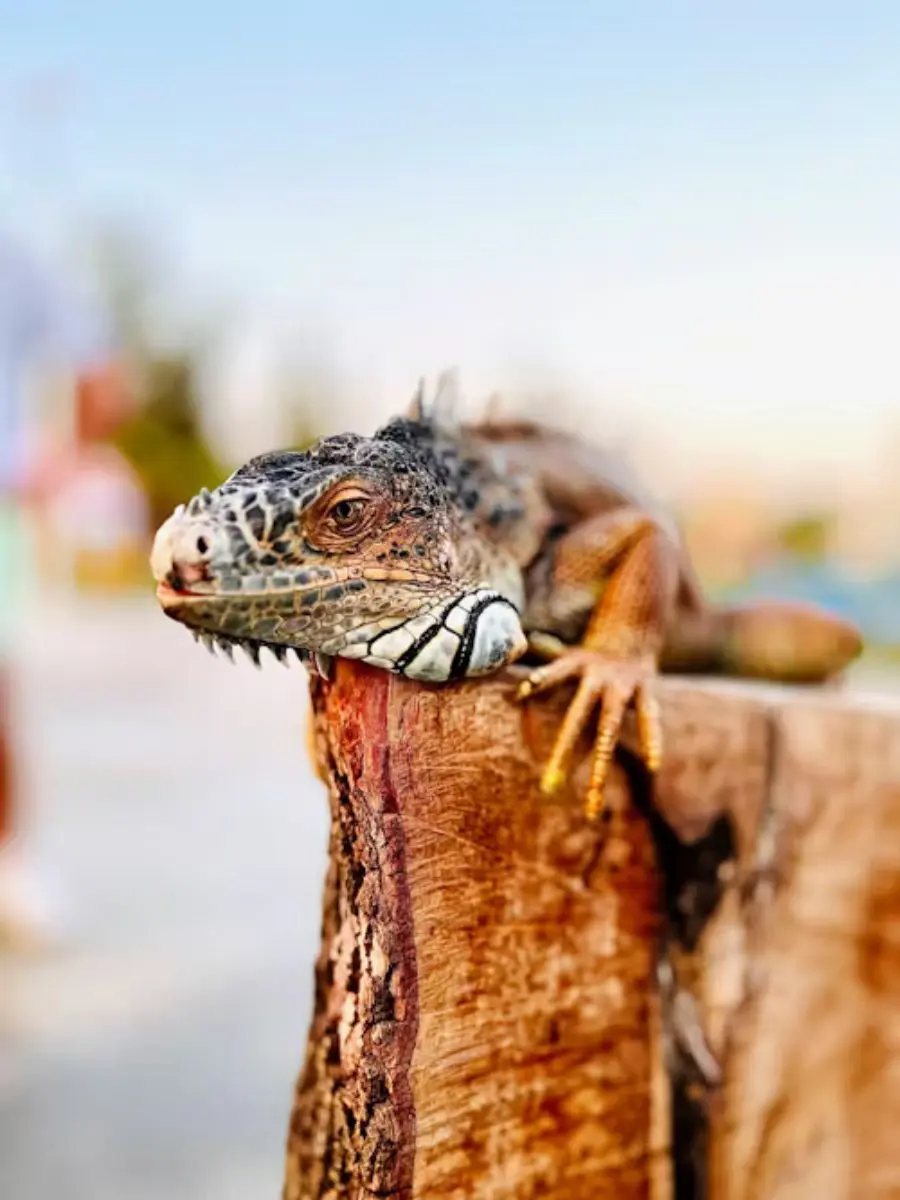Why Do Horse Have Manes?

Horses have manes primarily for protection and communication. The thick hair shields their necks from insects, weather, and potential predators, while also serving as a way for horses to express social cues among their herd.
In this article, we are going to cover why horses have manes and what all the different things are that a man does, not for medical reasons for having one, but for other uses. From protection against insects to communicating, let's dive into the world of horsemanes!
Protection Against Insects
Horse manes protect against irritating insects and neck hair is like a height barrier to the skin from insect bites, this is especially true in months when flies and other insects are in plenty. Insects might irritate their target, making the mane useful as it can swat them away.
Besides protecting the horse from insects and any other type of pests, the mane works to cool down the horse's body. Due to its covering and protection of the neck, overheating, particularly due to the cruel sun, might be avoided.
This protective layer can add to the comfort of the horse, especially in situations when horses are out in the fields or when they are undertaking bodily exercises.
Communication Between Horses
The body language of horses interacting with other horses would also display the mane. A raised mane would likely be one excited or alert, a laid-back mane interpreted as calmness.
It is this subtlety of expression that will help the horses fathom each other without the need to raise a racket. The mane also allows for social interaction within a herd. Horses can nuzzle each other or playfully pull on the manes of others, thus developing a bond.
This is silent communication through their manes and one of many ways horses speak to their fellows.
Enhancing Their Beauty

Manes make horses look even more dignified and elegant. A well-flowing mane often gives the horse that aura of royalty, which is pretty appreciable in competitions and shows.
The beauty a well-kept mane provides with its looks is not ornamental but also attests to the good health and care of the animal. Dressing their horse's mane is a matter of great pride for the owners or trainers; it is braided or trimmed for different events.
Even though the primary function of the mane is not to add some sort of beauty, it does add to the general appeal of a horse in terms of presence and catching the eyes of onlookers.
Camouflage
The horse mane can also be used to subtly affect the surroundings and provide it with natural camouflage. The horse that has a longer mane and thicker will be able to closely match the color and texture of their surroundings, like tall grasses or bushy-type landscapes.
It is for this reason that they can keep hidden from predators, and therefore, a potential threat will find it difficult to perceive them from a distance. The mane in and of itself, if dark or of the same color as the horse's coat, will break the outline of the animal and offer a sort of camouflage in natural habitats.
Balance and Stability
Among other important reasons why the mane exists among horses is to help in balance and equilibrium. Though it may seem a bit strange, manes can come in very handy to help the horse strike a balance, especially when the animal is moving at great speed or when it makes a sudden turn.
Center of Gravity
A horse's mane spreads the weight across the neck; this creates a difference in the center of gravity. This extra weight can help to allow the horse to make sharp turns while running, or make other forms of athletic feats in an even more agile manner.
Support of Neck
This will form some sort of passive support to the neck in particular when in motion. It would keep the horse's neck stable when in motion, thereby adding an extra layer of stability that would contribute to maintaining balance.
Resistance of Wind
This becomes quite useful when outdoors during windy conditions, for a flowing mane would break the impact of the wind as that reached neck height to sustain stance and posture when conditions get gusty.
Improvement in Muscle Movement
This mane increases the flow of movement through the neck and shoulder, allowing the horse to stretch and flex better. With increased elasticity, this horse will more than likely improve in overall mobility, showing much more energy and coordination.
Protection During Fights

The mane here will be protective of the horse in such instances since neck hair is thick and upon getting bitten or scratched by another horse they are cushioned and can also lash out without injury. It acts as armor protecting their necks.
This protective feature makes horses less prone to critical injuries once they are engaging in aggressive interactions with each other. Though foolproof, Mane avoids injuries that would make the horse stand an even better chance of defending itself and, at the same time, avoid such grievous damage.
Source of Warmth
The mane provides insulation during the cold seasons. Because it covers the neck, it prevents the neck from losing body heat keeping the horse relatively warm during cold conditions. This is helpful for horses that may live in regions where the temperature drops very low.
Aside from providing warmth, the mane shields the horse from rain and snow. Its long strands deny water access to the skin and protect the horse from losing too much body heat on exposure to the elements.
Natural Grooming Tool
Many horses will rub their heads and necks on trees or other objects when there is an itch, and the manes help to distribute natural oils right across the skin in that process and these oils are very important to keep the coat healthy.
They also take turns using each other's manes in the herd to groom one another. They nibble and will rub along necks to remove dirt and detritus. While doing this, they reinforce bonds between individuals and keep each other clean and comfortable.
Helping With Social Interaction
Using their mane in social grooming sessions to help bond the members of a herd together is a major key as to how horses interact and keep peace among themselves. The mane also helps the horse interact with others in their herds.
Besides grooming, horses also playfully and fight for dominance by biting each other's manes. Since this biting will result in the absorption of impact by the mane, injury may be minimized.
Adaptation To The Wild

They have adapted to having manes in the wild that make survival a bit easier and the thick hair may shield their necks from bad weather, insects, and even predators. Horses out in the wild face numerous threats and their mane would act like some sort of protection mechanism.
This mane also helps horses in camouflaging themselves and partly concealing in the wild. The flowing hair strands give them a fragmentary outline, which can make it hard for the predators to distinguish against thick vegetation.
Identifying Individual Horses
The mane of a horse is as unique as a fingerprint just like the pattern on its hoof or the whorl configurations. The color is quite free to vary with that of the horse itself, but its length and texture generally correspond to the conditions from which it has sprung.
Its importance in wildlife is mainly in large herds where one horse can easily be told from another by this head ornament.Other owners also braid or style their horses' manes when it comes to competition or events, which uniquely sets them apart. This adds beauty to the horse but might also help tell it apart from others in a crowd.
Symbol Of Elegance In Competitions
In many competitions, horses present a flow of elegance by their manes. How the mane will be styled or presented says volumes about the horse in general. This has been a tradition that has followed through to most of the equestrian sports.
Show horses
For show horses, however, it is a very well-groomed feature. A sleek polished mane turns many horses into competition winners and helps them leave a lasting impression on judges and onlookers.
Competitions involving Dressage
For most dressage, the mane of the horse is usually braided to give it an appeal that is generally more formal. In such cases of styling, not only does it present an orderly outlook, but it also emphasizes the horse's muscular neck as a means of giving its performance with poise and grace.
Show Jumping
Jumper horses are sportier and have longer manes. Flowing manes tend to accentuate the dramatization of the movement of a horse over jumps, enhancing the presentation of the horse in general.
Cultural Competitions
Horse mane styling assumes great importance in traditional events of various cultures. In some cultures, the style-braided or otherwise ornamented of horse manes may be indicative of pride, wealth, or status amongst people of any particular society.
Providing Comfort During Movement
At the galloping fast movements, the mane saves the horse from discomfort since it cushions the neck. Horse being able to maneuver the mane allows it to feel less friction to the body; hence making the ride smooth and comfortable.
The constant movement in the mane further allows air to spread around the horse's body, hence cooling it, especially in high-energy activity. Added comfort enables horses to run faster and longer without overheating or quickly tiring.
Natural Sun Protection
Equine manes also protect them against the sun, preventing sunburns around the neck. The thick hair shades, saving the horse's skin from the direct touching of sun rays. This is quite helpful in horses with very sensitive skins or light-colored coats.
Besides being covered by the sun, the mane provides a cooling effect, shading the neck during hot days. This will act as a barrier to the sun, which contributes to temperature regulation in horses' bodies for comfort purposes, especially during warm days.
Gender Differences In Mane Growth

Most of the time, when comparing stallions to mares, male horses will have thicker and longer manes compared to their females due to nature and pure testosterone. Heavy mane among stallions is sometimes considered a hallmark of strength and dominance, making them look even more overpowering, both in the wild and when competing within the social dynamics of a herd.
While mares have much shorter and finer manes, once more, breed and environment can determine this. This difference in mane development does not only bear aesthetic importance, but it also does on herd dynamics, even on breeding, since a stallion's heavy mane makes it a more attractive animal to the mares.
Spiritual Meaning of Horse Manes

They have been equated with spiritual motives in most cultures throughout human history. In some of those ancient conceptions, the horse's mane stood for the attachment of this animal to nature and somehow signified freedom, strength, and wild energy.
The flowing mane was thought of as one reflection of the horse's spirit's wild beauty reflected the wild things of nature. Whereas in most cultures the mane carried with it mystic powers, some took it further to the extreme-that the horse's mane was an amulet that would save the horseman from evil spirits or guarantee him good luck on journeys.
Cultural and Historical Significance
Through their manes, horses have represented many things in many tales-from Ancient war battles to the present-day tradition. It is very essential in how horses are described and perceived by different cultures.
Symbol of Strength: The flowing mane of the horse is a symbol of power and vitality across many cultures. History has it that healthy and strong horses normally have thick manes, hence are associated with strength and thus valued highly by warriors and leaders alike.
Spiritual Significance: To some cultures, it has spiritual meaning. Horses with long, wild manes are normally considered to be the embodiment of freedom and nature that is unbridled. Further giving the horse a mystical presence in the arts, folklore, and mythological events.
War and Ceremonial Uses: Over the many centuries of mankind, horses with fully decorated or braided manes participated in numerous ceremonial processes, parades, and even fights. From this viewpoint, horses were by all means considered unusual companions for warriors and chiefs becoming all the more important.
Cultural Impact of Today: This tradition has survived to modern times in competitive arenas as many equestrian sports require horses to have well-maintained manes, thus keeping alive the historical link between the appearance of a horse and its cultural value.
Recent posts
Pets
20 Pet Friendly Stores In The USA
Over the years, the population of pet owners, especially ones with dogs, has increased. Naturally, this has also increased the need for pet-friendly stores because pet owners no longer want to give business to stores where their furry best friends ar...
18 Foods Geckos Can Have
Geckos are a group of small to medium-sized lizards known for their unique adaptations. It is important to understand what geckos eat before you bring them home. The exact food for geckos may vary based on their age, species, and activity level...
20 Foods You Can Give To Your Pet Snake
With the increase in people's unique interest and taste for pets, snakes are becoming more popular. These reptiles are considered fascinating creatures and are preferred mainly by those who want a long-term commitment from their pets. Unlike other us...
17 Foods That Goats Can Eat
Although they naturally are curious and may enjoy the many types of food available, it is much better if well-rounded nutrition is given to them to ensure they will have good health. A variety of food keeps them healthy but also pleases their taste f...
18 Foods That Ferrets Can Have
Ferrets are small, active animals that have gained popularity as pets owing to their curious social nature and athleticism. Although they are playful pets, ferrets nonetheless have different nutritional needs than more common companion animals like c...
What Do Bearded Dragons Eat?
Bearded dragons are omnivorous reptiles that thrive on a diet of both insects and plant-based foods. Their meals typically include crickets, mealworms, leafy greens, and a variety of fruits to ensure balanced nutrition. Originating from arid, desert-...







